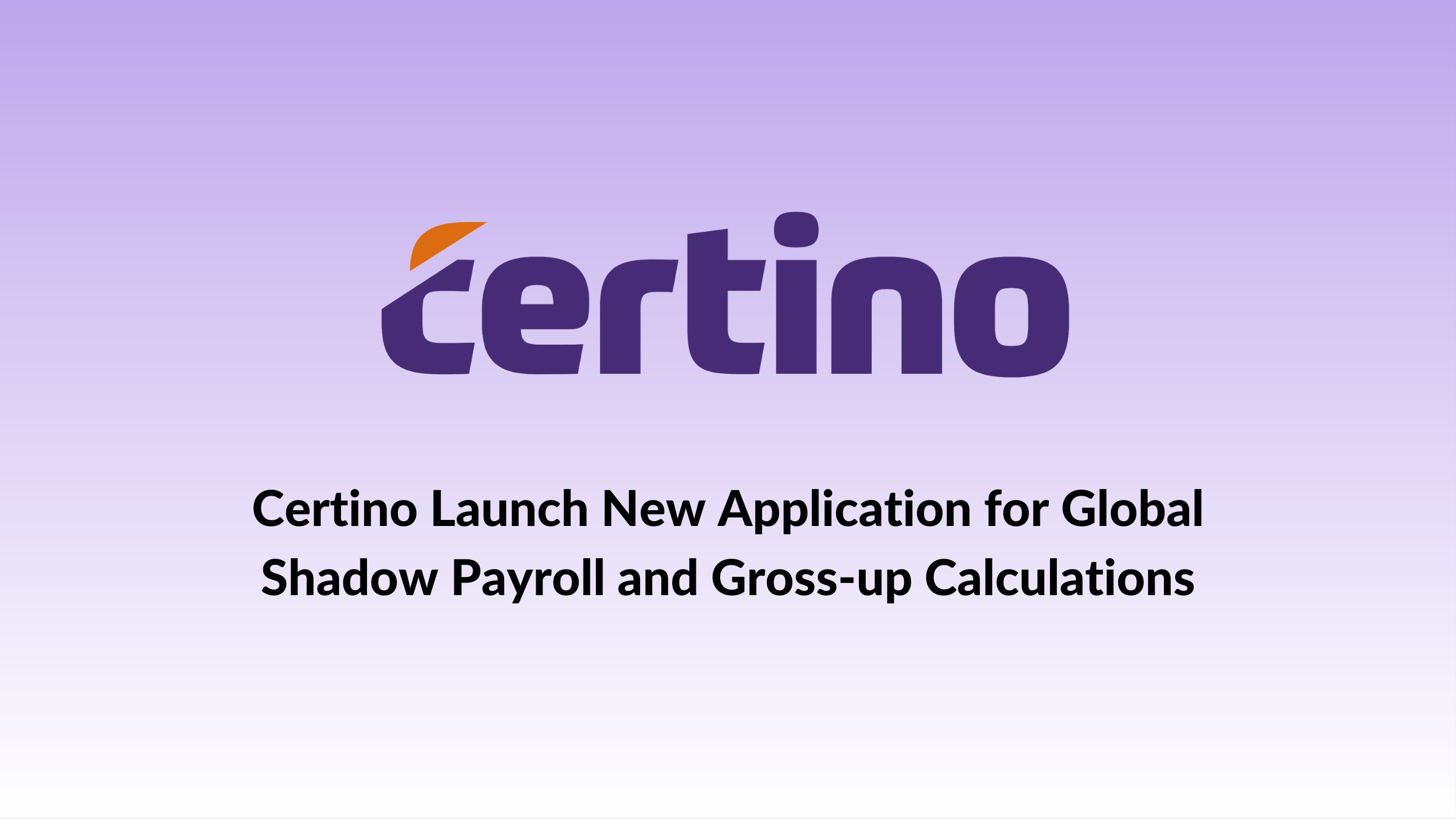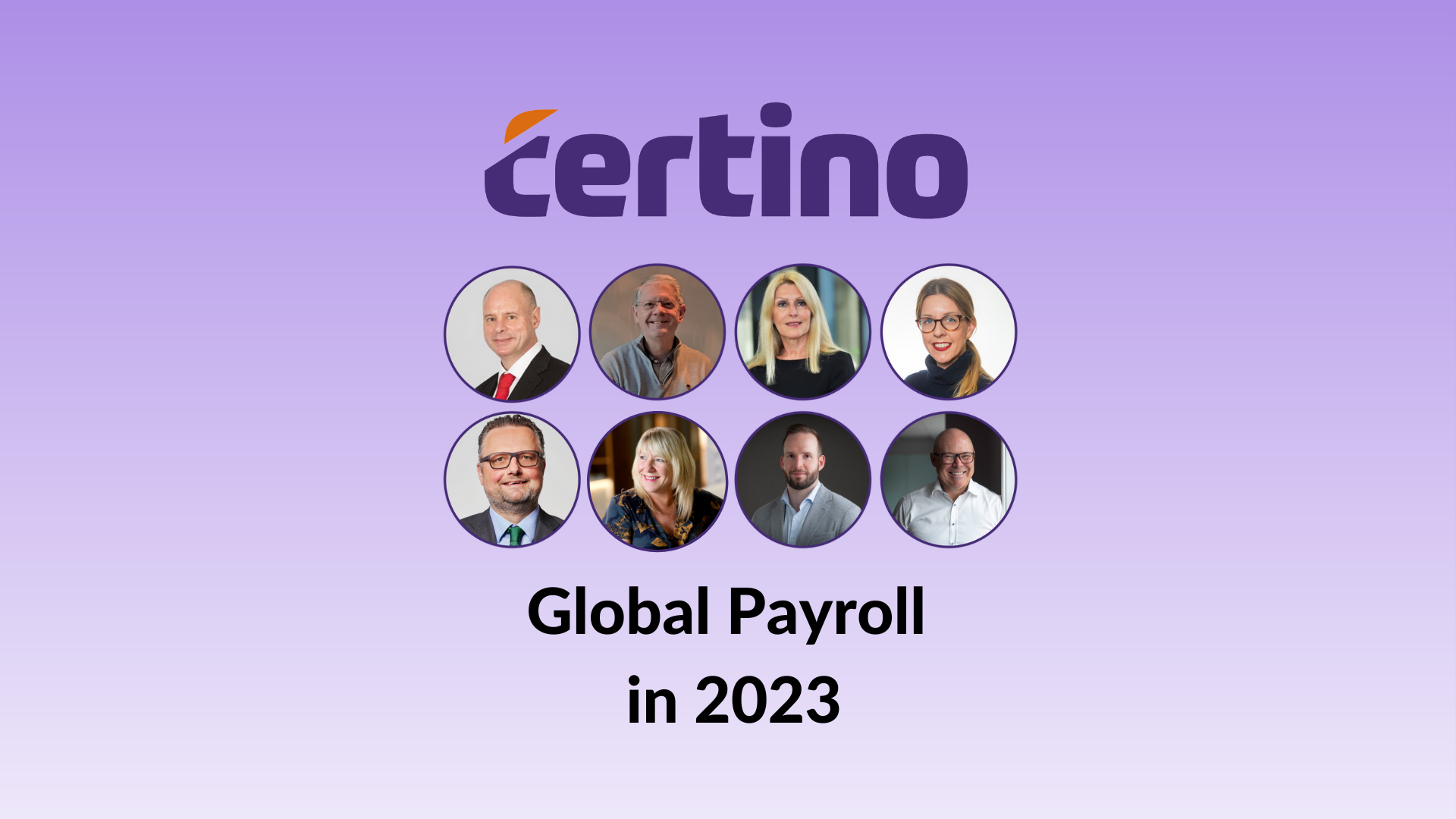It’s no secret that there’s a lot to consider when it comes to calculating international employment tax for shadow payroll.
Mobility, Finance, and Tax teams are excited about an improved way of calculating shadow payroll and streamlining their tax planning by optimising each country’s tax positions.
This is a solution that significantly reduces shadow payroll overpayments and underpayments, simplifies the entire process, and enables both transparency and visibility at a global level.
In this blog, we look at how automated shadow payroll can potentially save you millions in international employment tax overpayments, while removing human error, reducing man-hours, and ensuring compliance.
What is a tax position?
Tax positions enable best practice in the production of shadow payroll calculations by applying the correct tax treatment depending on the employee’s facts, circumstances and wage payments in each host country. This allows for tax planning through payroll where possible, and ensures accuracy month-on-month.
Despite incredible advances in process improvements and technology, end-to-end fully automated shadow payroll is often an elusive goal.
Is your shadow payroll more siloed than seamless?
This is an important question to consider. A fully functioning seamless payroll process will help reduce overpayments and reduce costs elsewhere in the business operations.
There’s a lot of moving pieces when it comes to calculating international employment tax for shadow payroll – from a lack of specialist tax experts in the host country payroll teams, knowing whether something is taxable or not, to differences in how tax is calculated in different countries.
Yet, the expansion of many companies’ globally mobile workforces will continue to bring increasing challenges as they grapple with ever-changing tax, legal and cultural environments.
Not to mention that it’s usually not just one person or one function’s job (either in a centralised or local function); it’s one piece of what you do every day. For example, it can often take 20 times the effort to process payroll for one of your hundreds of assignees than for any of your tens of thousands of other employees. Meaning, days or even weeks can be spent pouring over spreadsheets in an effort to ensure payroll compliance for your assignment population in each host country.
"The biggest challenges for global mobility and/or global payroll teams will include: centralising systems and process, embracing automation, staying accurate and compliant, and keeping track of the payroll requirement of a globally mobile workforce."
Moreover, with compensation taxed differently from one country to another, local and global payroll teams are not always familiar with all the nuances of expatriate taxation nor with tax gross ups.
There are major differences in expat regimes through payroll and what needs to be claimed back (including special deductions and allowances). What tax positions are in place and what do local payroll instructions look like in such circumstances?
Managing all of this manually isn’t ideal: Say you don’t understand what reliefs are available and what you could be claiming. Many hours are spent with the consequence that not all the available reliefs are claimed through payroll, incorrect reporting in the home and host countries and the administration to reclaim overpaid taxes mounts up.
In addition, to reclaim overpayments from the Authorities may prove difficult or will take months or even years tying up cash. Obtaining the employees’ cooperation, especially if that employee has left the company, to refund overpayments can also be problematic.
If your shadow payroll is more siloed than seamless these days, it might be time for a change.
From the limitations of information access through to the frustrations with siloed information and fundamentally flawed manual approaches to shadow payroll – global mobility along with payroll teams have suffered a lack of automation for some time.
Add to this translating the information from many more different sources – expenses reimbursements, tax gross-up, and determining what becomes taxable – consolidated and reported on a local payroll. And you can quickly see the challenge of bringing together all the different calculations and how time-consuming and error-prone it can be.
Why is calculating the right amount of international employment tax for shadow payroll so important?
While it’s far from ideal, it’s common for companies to accept that they’re going to have to overpay, and they’re going to have to have a rebilling process for corporate tax or project billing purposes where overpayments, and underpayments, will have an impact. Thus, leaving it a highly inefficient and costly process to run a shadow payroll with possible knock on effects.
If you’ve not planned in costs for employment taxes when you’re sending someone to work in a certain location, it could cause your project to go over budget – and significantly so, because the tax piece is often a very high percentage of the overall cost of the assignment. When costing the income taxes plus the social and payroll taxes, depending on which country it can be upwards of 50 to 100% in addition to the compensation package.
When companies don’t get it right each month, at the end of the year when an assignee files a tax return (because they didn’t include an employee on shadow payroll or shadow payroll is underestimated), the business gets hit with huge and unexpected costs – instead of it being spread out throughout the year and planning for in budgets.
"Not getting it right one year can create a recurring effect of interest and penalties and if underpayments or overpayments are enough, it can create more audit red flags."
9 ways to reduce shadow payroll employment tax overpayments and underpayments
Below is our recommended shadow payroll best practice approach. This list is not exhaustive, and in our experience, most companies will require a specific and tailored experience.
- Review the end-to-end process; Ensure the process is identifying those that require shadow payroll, review the host and home shadow payroll process, and ensure accurate collection of data and full compliance in the relevant countries.
- Review the accuracy of reporting; Each entity with a payroll requirement for employees paid by another entity should make certain they have reliable, up-to-date data sources ready for accurate real-time reporting as soon as possible to ensure they can meet the appropriate filing deadlines. If some or all of the compensation reported is to be grossed up, these should also be performed through the payroll process, depending on the facts and circumstances of each employee.
- Develop a global policy or group of policies; By developing a standard approach that incorporates forward planning when travel assignments are imminent, it allows action to be taken wherever cross-border assignments arise. If the issues are only identified as they arise, it can be costly and too late to fix retrospectively at that point.
- Plan and prepare tax positions; Forward plan and prepare any tax positions that may be required in the home or host country, such as ensuring expat rulings are in place, certificates of coverage /A1 are applied for and available, or identify any matters which may be relevant in the host country, for example, economic employer rules.
- Liaise with other relevant departments; Such as Corporate Tax to ensure that the presence of an employee in the host location will not cause tax or transfer pricing issues. This is also essential to ensure any rebilling matches the payroll reporting and all processes are joined up across the organisation.
- Proactively react to changing regulatory demands; By working internally and/ with your advisors by accessing relevant payroll and mobility data across the globe to ensure payroll calculations are accurate.
- Track employee travel for reporting purposes; This will provide visibility of who is traveling, and to which locations. A view will then be needed as to whether reporting is required in that location either through a rules-based system per country, or advice from your advisors.
- Timely filing in the host and home locations; ‘Getting It Right First Time’ through the effective planning, deployment, and tracking of employees for Shadow Payroll as they move from country to country allows you to avoid large under and overpayments at tax return time.
- Consolidate all information in one place; Create a centralised, consistent and standardised process. Given there may be drawbacks with this due to data protection or the company structure, a global solution with restrictions at an entity or regional level would still provide the consistency and accuracy required.
Moving from manual to automated shadow payroll processes
While manual processes have been used for many years, the shift to a more remote workforce and cross-border employees is exacerbating the complexities of this costly approach.
Although automation is part of the process for some companies, often it doesn’t flow to a regional level for shadow payroll.
Yet, an automated approach to shadow payroll can significantly simplify the process.
The future of shadow payroll
Shadow payroll automation removes human error, reduces time spent, and ensures accuracy of compliance. It significantly reduces costs not just tax and payroll costs but also across all departments involved in shadow payroll processing.
So, you enjoy peace of mind that you’re paying the right amount of tax in the right place, at the right time.
The typical shadow payroll process is often highly disparate. There’s significant value in driving towards a solution that provides a single version of the truth across the entire company, at a global level in order to:
-
Visually determine and resolve variances and anomalies.
-
Get full unparalleled visibility of the total employment tax costs.
-
See in a dashboard and know what you’re paying in different countries to have visibility of the tax positions you’re taking, and what you may not be taking advantage of in each jurisdiction.
-
Ensure consistency. So, from one country to the next, you can apply consistent tax positions, you can ensure consistent processes are in place, with fewer resources involved.
-
Use automated workflows to put checks and balances in place to try to catch any human errors that may have happened upstream of the process.
-
Better manage your global program to see where you can make changes to your program to make it more cost-effective, and even do benchmarking.
-
See all the behind the scenes details, previously not available.
-
Ensure employees remain in a tax neutral position during an assignment.
The benefits of an end-to-end shadow payroll automation solution
There’s an abundance of technology solutions for global mobility available at the moment from relocation tools to tracking compensation and assignments management, but so many of them are not joined up.
An end-to-end automated shadow payroll approach should slot in seamlessly with those tools as necessary such as global tracking and compensation gathering tools, or even replace or supplement such tools. In conclusion, there are many operational and cost-saving benefits.
-
Save significant costs – By not having to manually track and report compensation in the host countries, significantly reducing overpayments.
-
Prevent human error and avoid audits – More accurate compliance eliminates human error and doesn’t give Tax Authorities a reason to audit and review individual reporting – or worse the payroll compliance for the local entity thereby reducing interest and penalties.
-
Reduce reliance on teams of people and service centres – For example, recently Certino automated a manual process that was taking one person over 100 hours per month to achieve – to just a few minutes!
-
Improve cash flow – With a direct impact on the business and projects by making use of all available tax planning in advance.
Learn more about how you can streamline and automate shadow payroll processes and optimise tax positions by booking a demo today.








